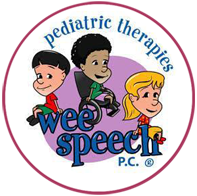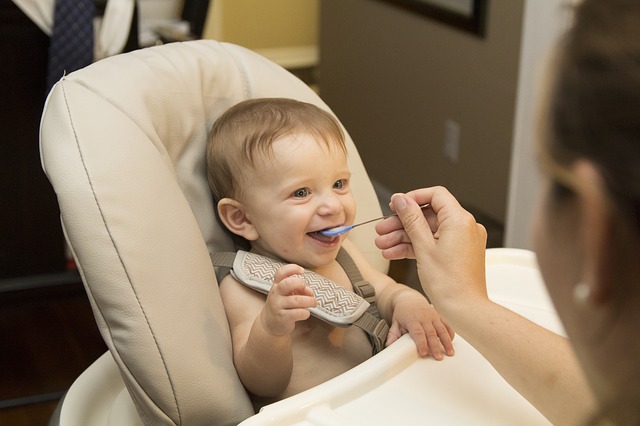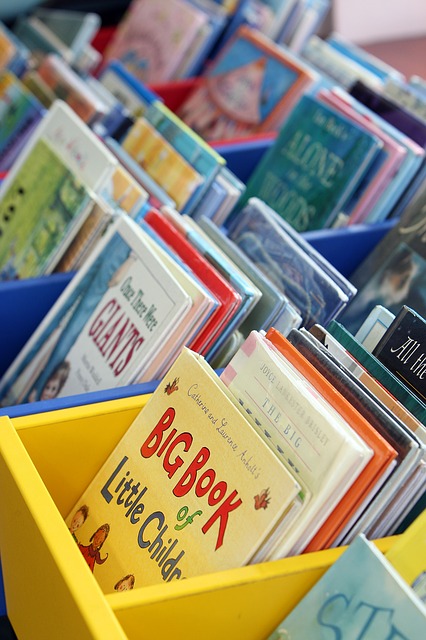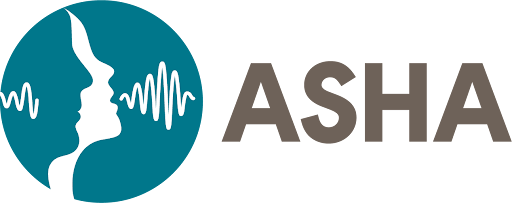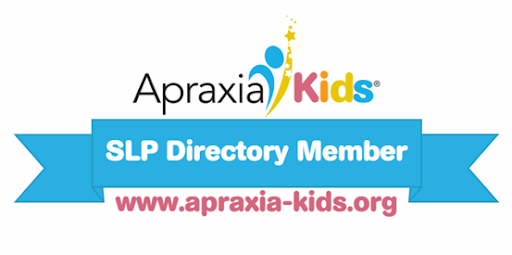
Generalizing outside the Therapy Room
One question that is often asked is, ‘How can we work on our child’s speech goals outside of therapy?’. While doing worksheets for homework can be helpful, another way to target speech goals outside of therapy is incorporating activities into the child’s everyday life. In the article, ‘We left the Therapy Room, Now What?’, Coaching Families on Carryover Skills for Children in their environment’, by Jestina Bunch, Autumn Sanderson, and Ashley Irick, different activities and strategies one can incorporate into their everyday lives to aid in goal progress are discussed. Some fun and easy ideas from the article are listed below. -Auditory Skills: Say before you show: make appropriate sounds before showing the associated item(i.e. vroom vroom; I hear a
